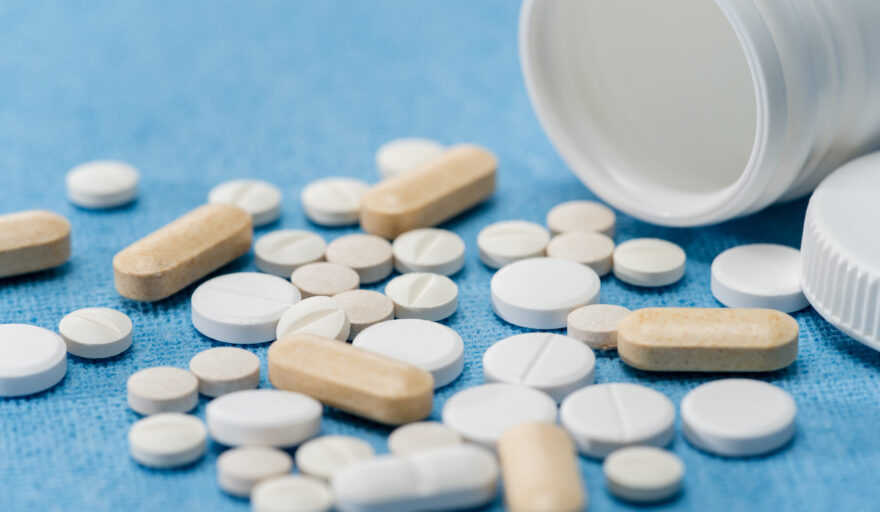Awareness Low About HIV Prevention Pill
January 30, 2025

A new University of Michigan study, co-authored by Illinois Social Work’s Liliane Windsor, reveals a significant gap in HIV prevention.
Among formerly incarcerated Black men who had substance use problems, about one-third were found to be eligible for Pre-Exposure Prophylaxis (PrEP). However, according to a new University of Michigan study, nearly 79% said they hadn’t received any information from healthcare providers about PrEP, the pill that prevents the transmission of the Human Immunodeficiency Virus (HIV).
Research shows that incarcerated men have low access to PrEP, even though they are considered to be a group at high risk of HIV transmission. Characteristics like living in cities, being Black, having a history of substance use, and being heterosexual increase their chances of getting HIV.
Rogério M. Pinto, professor of social work and study’s lead author, said that PrEP is not available in most carceral settings, nor is it accessible to most formerly incarcerated people. Pinto said the literature suggests that groups with minoritized social identities and multiple health and social needs live under high exposure to HIV while facing myriad barriers to PrEP access.
To be PrEP-eligible, a person needs to meet two main criteria: they need to be sexually active and not have HIV. In addition, they need to meet at least one secondary criterion: having a sexual partner living with HIV; and/or being diagnosed with a bacterial Sexually Transmitted Infection (STI) in the past six months; and/or history of inconsistent or no use of condoms for intercourse.
The study took place in Newark, N.J. with participants who completed a baseline survey and five monthly follow-ups. Data came from “Community Wise,” a National Institutes of Health-funded behavioral intervention to reduce substance misuse among formerly incarcerated men with substance use disorders.
All PrEP-eligible individuals in the study self-reported sexual activity and condomless sex at a significantly higher proportion than PrEP-ineligible individuals. There was no significant difference between PrEP eligible and ineligible groups concerning whether they had taken an HIV test in the past year; yet the overall percentage of those who were tested was 92.5%. Even though the majority had an HIV test, they reported not receiving PrEP information from providers.
Pinto said the majority of participants reported that they were “not likely” to contract HIV, they were uninformed about PrEP, and unaware of their vulnerability to HIV acquisition. “most participants believed they were unlikely to contract HIV, which highlights the need for better education on their risks and more consistent use of scientific criteria to determine who could benefit from PrEP,” he said.
The study, which appears in the journal Aids Care, was co-authored by U-M Isabella Bonnewit, Evan Hall, and Carol Lee; and Liliane Windsor of the University of Illinois at Urbana-Champaign.
Study: Urban, formerly incarcerated, black, heterosexual men with substance use disorders: eligible for pre-exposure prophylaxis (PrEP) but unaware of their vulnerability to HIV acquisition